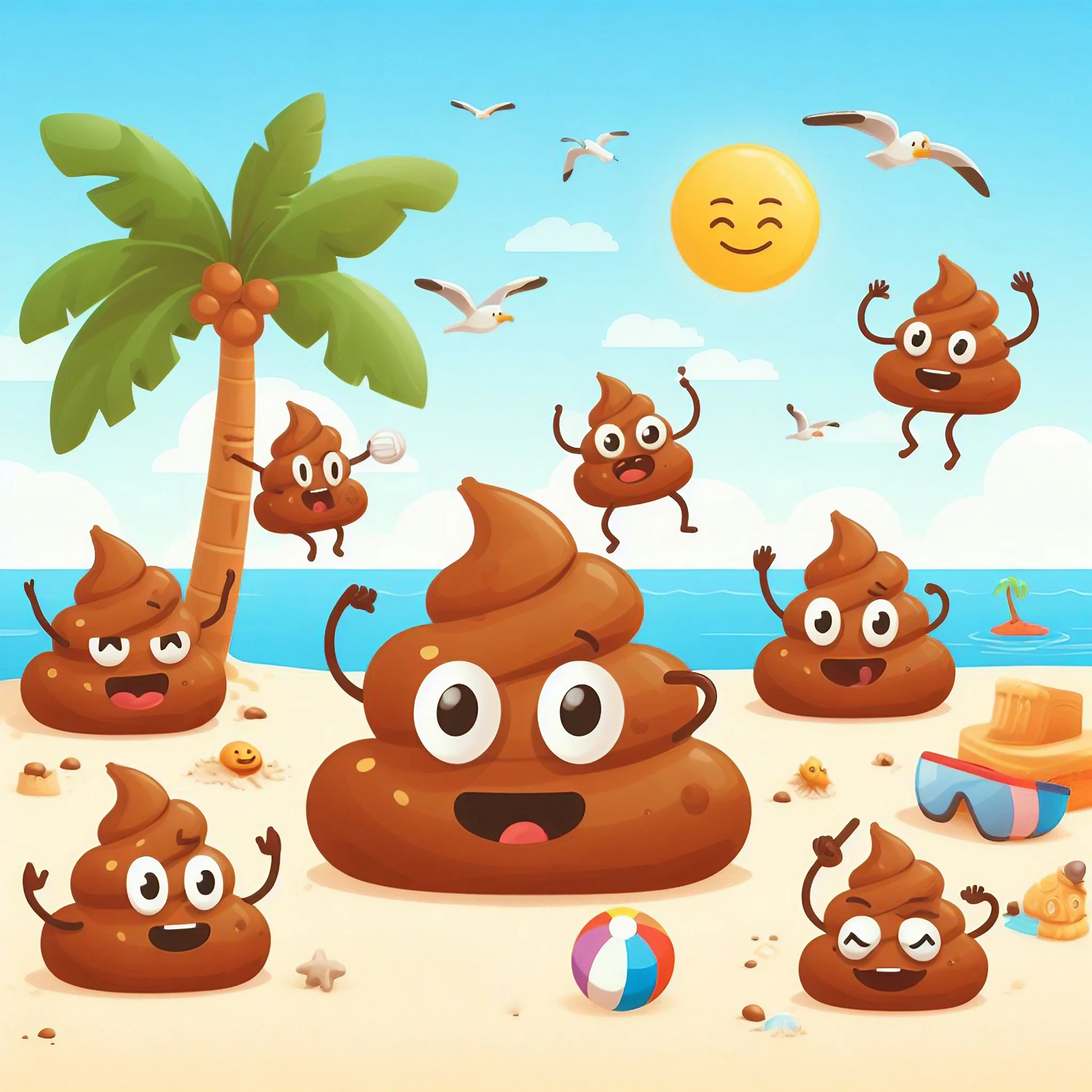Poop can be everywhere
The toilet is the only spot outside of your body where you ever want to find human poop, just before it flushes away, disappears from view, and leaves you forever. Anyway, there are other places where you may find it. According to this article, here are ten unexpected places where poop has been found:
10. McDonald’s touchscreens
Human poop was discovered on every touchscreen in an examination of eight McDonald’s restaurants in the United Kingdom in 2018. Paul Matewele, a microbiologist, explained to the Metro newspaper, “We were all surprised how much gut and fecal bacteria there was on the touchscreen machines. These cause the kind of infections that people pick up in hospitals”. The testers did not investigate the shit’s sources, although it is presumed that it resulted from people not cleaning their hands after wiping.
9. Cosmetics counters
There is a huge market for counterfeit cosmetics, which are generic products that are packaged to look like much more expensive names and sold for a lot. Or, for even more savings, create your own items using human waste. That strategy appears to have been adopted by some entrepreneurs, as evidenced by the $700,000 worth of fake Urban Decay and Kylie Cosmetics makeup that was discovered in Los Angeles in 2018.
8. Phones
Due to people not washing their hands after dropping off the kids at the restroom, about one in six smartphones had human excrement on them. One survey found that 88% of people use their phones when using the restroom (the other 13% obviously lie about it), and 41% have admitted to putting their phones in their mouths while their hands are full.
7. Soda
The UK fast food industry requires a thorough cleaning: In 2017, it was discovered that the ice used in the drinks at McDonald’s, KFC, and Burger King restaurants in the United Kingdom had residues of human poop. As a result, as the ice melts, your drink not only gets poop in it but also becomes warmer, diluted, and less pleasant.
6. Las Vegas pools
The results of testing the water in some of the most well-liked pool bars on the Las Vegas Strip were less seductive than one may have hoped for. Well, we detected a lot of fecal bacteria in some of these pools, a Columbia University microbiologist told Inside Edition, adding, “It’s kind of similar swimming in a toilet”.
5. Cilantro
The FDA issued a warning in 2015 claiming that cilantro brought into the United States from Puebla, Mexico, was contaminated with human poop. After an examination into sickness outbreaks, it was discovered that the fields where cilantro was grown had insufficient restroom and handwashing facilities for the employees, as well as the presence of human waste and used toilet paper. At least most people can agree that cilantro smeared in human poop is something they don’t want.
4. Ikea
A few rough meatballs are a must-have when visiting a Swedish furniture maze, but in 2011, some customers unintentionally ended up finishing their meal with a dessert of human poop. The witty-named Tarta Chokladkrokant, Ikea’s almond cake, was found to have traces of coliform bacteria in two batches, which led to the destruction of all the cakes made by that specific Swedish supplier.
3. Hotels
It’s kind of amazing that you can arrive at a hotel room and not find obvious signs of prior tenants (a bed full of skid marks, shit stains on a towel, etc.). People pee, defecate, and bang in hotel rooms every day. Regarding the “poo” component of the equation, the American Society for Microbiology estimates that up to 81% of surfaces in hotel rooms may be contaminated with poop. Yes, there is shit on the mops and rags used to clean them as well.
2. The beach
13 beaches in New Jersey had to close in 2021 because the water had too many fecal bacteria. Meanwhile, excrement continues to coat every beach in the United Kingdom.
1. Ancient caves
The Paisley Caves in Oregon have always attracted attention because of their unusually dry conditions, which have resulted in an abundance of extremely well-preserved ancient animal fossils. The oldest scientific proof of human presence on the continent of North America, dating back to roughly 12,000 BCE, was made in 2008, however, when DNA from a coprolite (fossilized excrement) was found to be human in origin.

